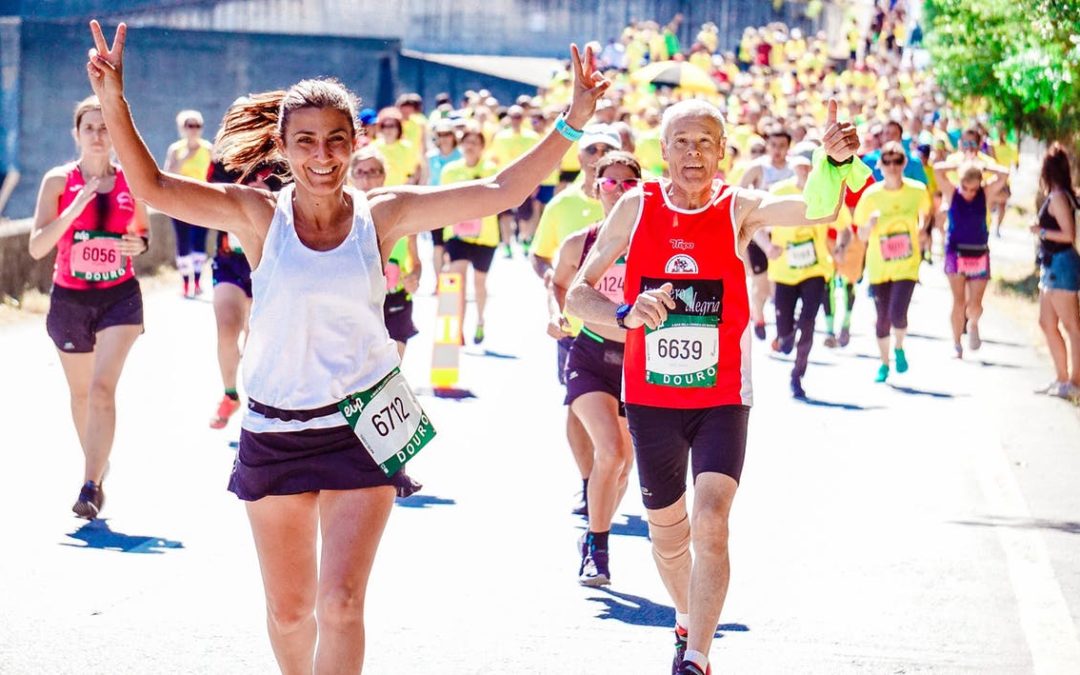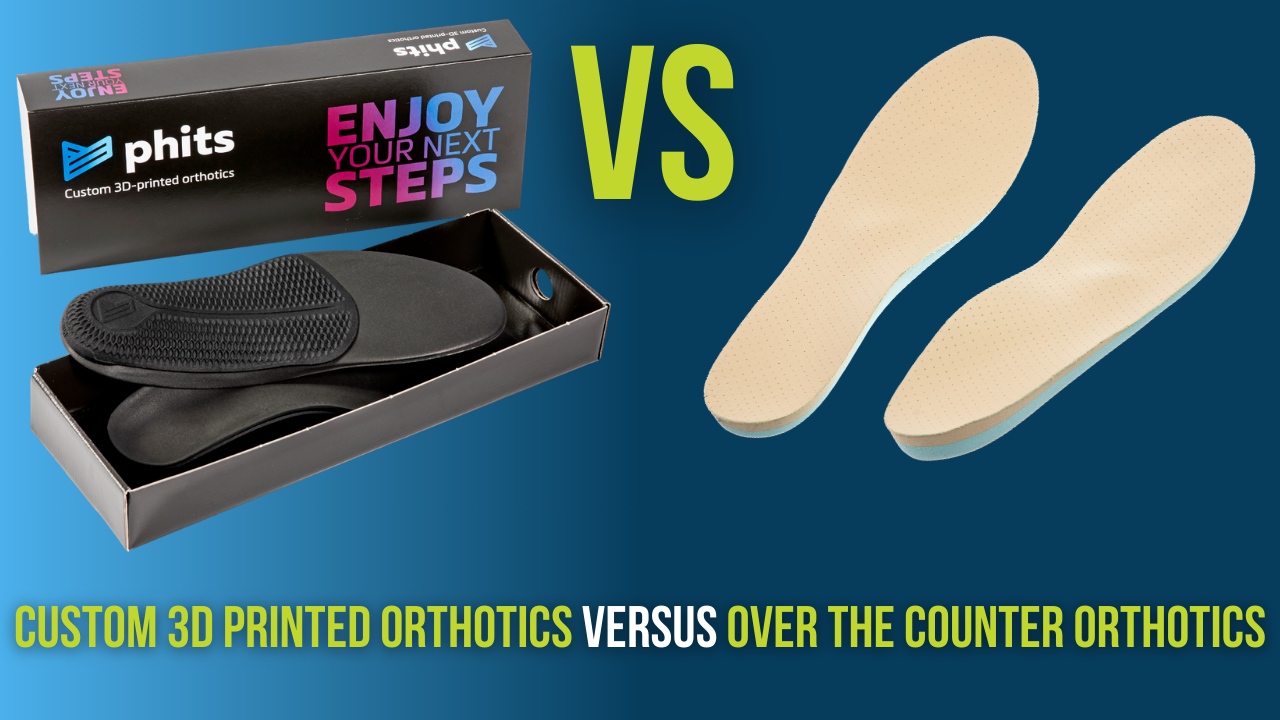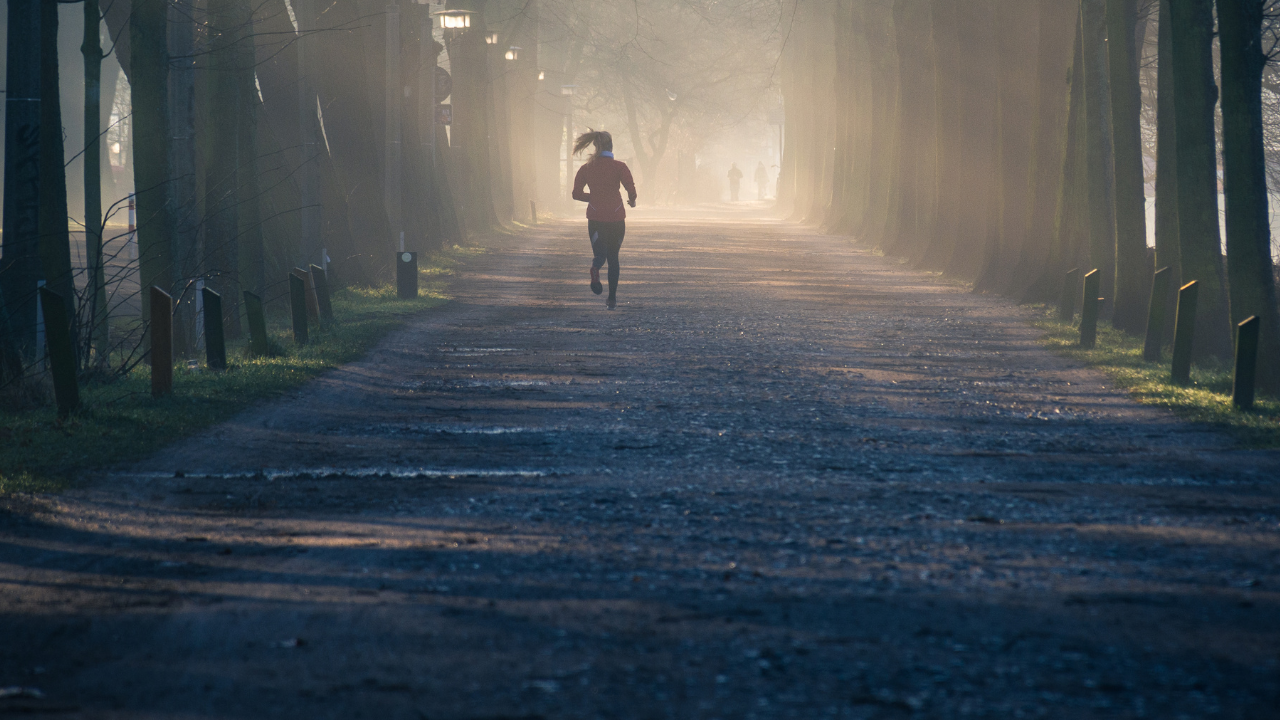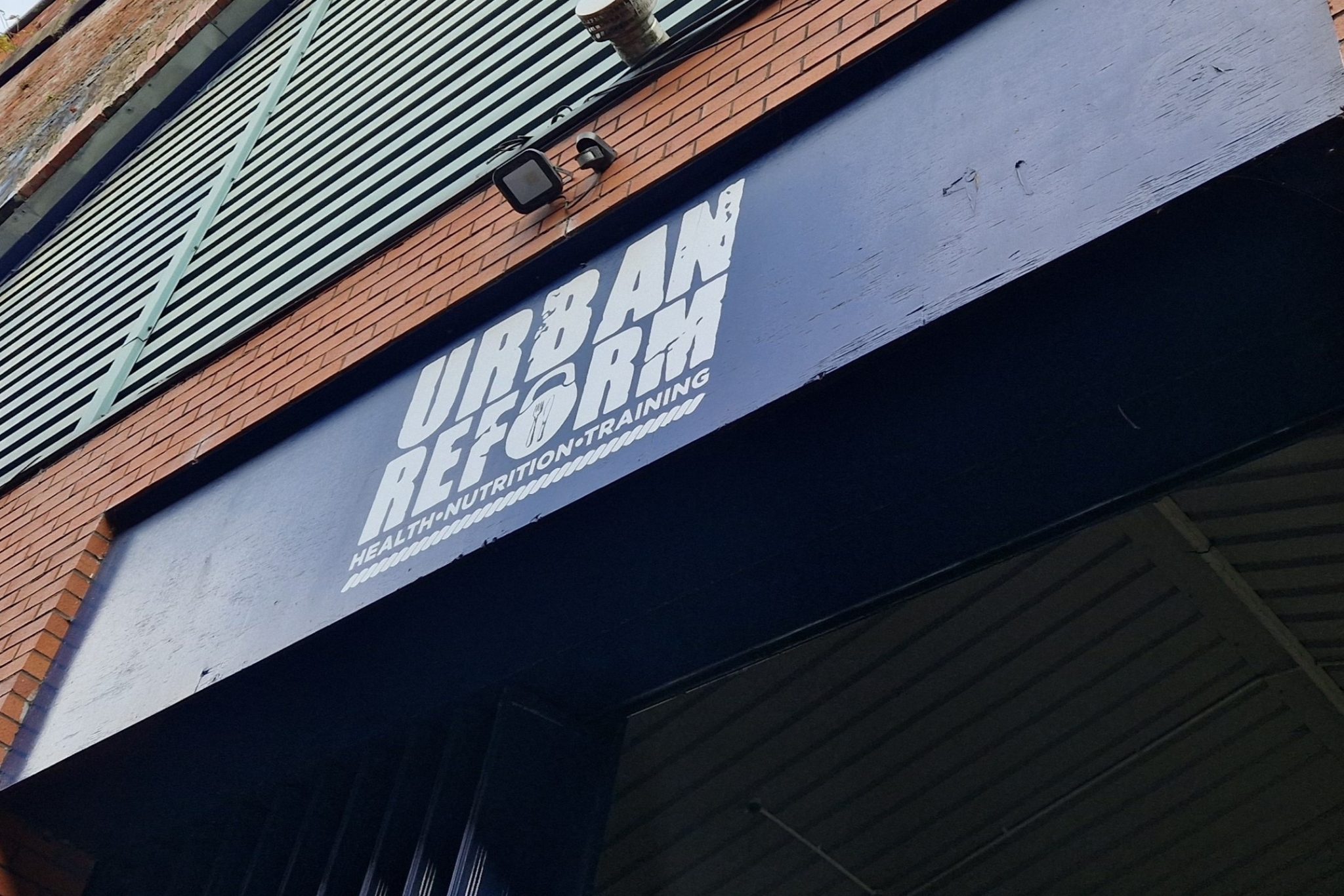Introduction
Running is a great way to maintain good health but can also be a source of injury. Approx 50-75% of running injuries are overuse injuries. They happen over time through repetitive movement rather than a single traumatic event. Overuse injuries can occur when there is an increase in activity levels without adequate muscle conditioning or stretching. In this short blog we are focusing on knee pain…
Runners Knee
Runners knee also known as patellofemoral pain syndrome (PFPS) is the most common form of knee pain. The ‘patella’ (knee cap) lays over the front of the knee joint and glides along the groove at the end of the femur (thigh bone). PFPS occurs when the patella fails to move smoothly and centrally through the groove. Pain associated with PFPS is located under or slightly above or below the knee cap. Pain can become worse when completing activity up or downhill. This is sometimes due to muscle imbalance. Other risk factors include training, poor running form, injury, flexibility.
Iliotibial Band Syndrome
Iliotibial Band Syndrome (ITBS) has been reported to affect over 14% of runners. It is also associated with a variety of activities including cycling, field sports, rowing, swimming, hiking and basketball to name a few. The ITB is a strip of fibrous tissue. It starts at the top of the pelvis and extends down the outside of the thigh to attach on the top part of the tibia (shinbone). ITBS is usually caused by biomechanical abnormalities, usually combined with overtraining. This causes a sharp pain of the lateral (outside) knee as the band is thought to rub uncomfortably against the bottom of the thigh bone (called the lateral femoral condyle).
The meniscus
Damage to the meniscus can occur during sports that involve twisting and turning or quick change of directions. Damage to the meniscus can vary widely in severity and pain. the meniscus sits between the knee joint providing cushioning between the bones acting as a shock absorber. Common causes of damage to the meniscus include impact to the knee, over-rotation, uneven surfaces (sport such as trail running or cross country).
Conclusion
Physiotherapy can help and is advised by reducing pain and swelling, restoring normal range and motion and improving strength in the muscles that support the knee.
Read all about our Complete Running Analysis here
If you’d like to gain a better understanding of your injury, call: 0800 731 2738
Book a 15 minute free injury assessment today!



